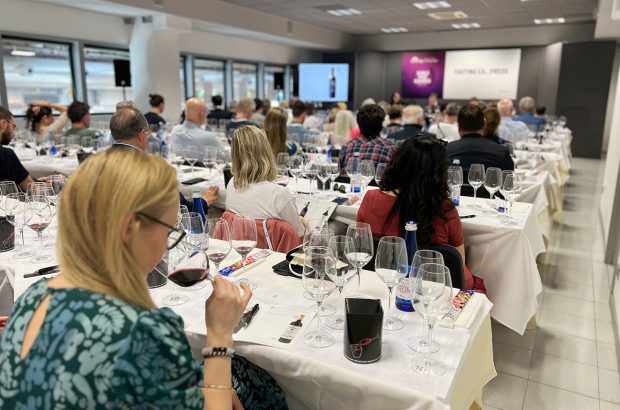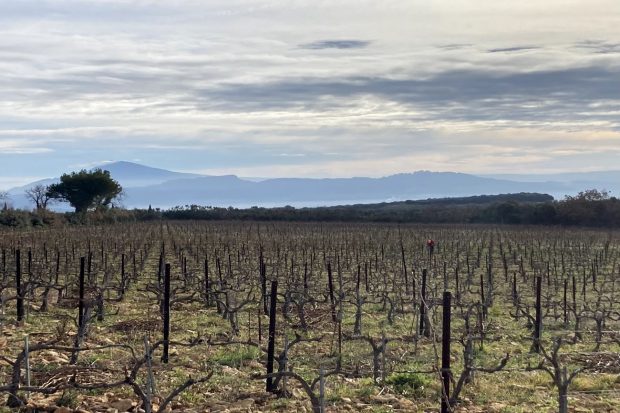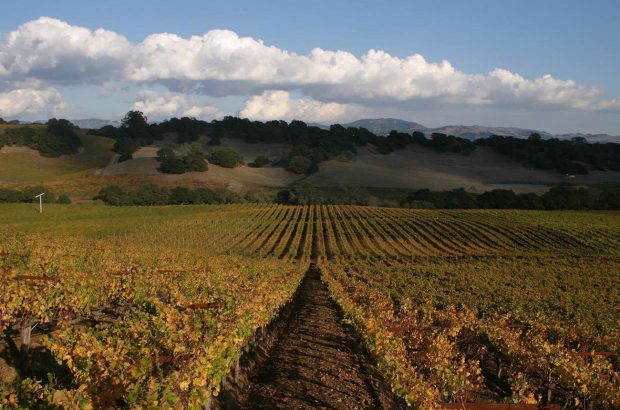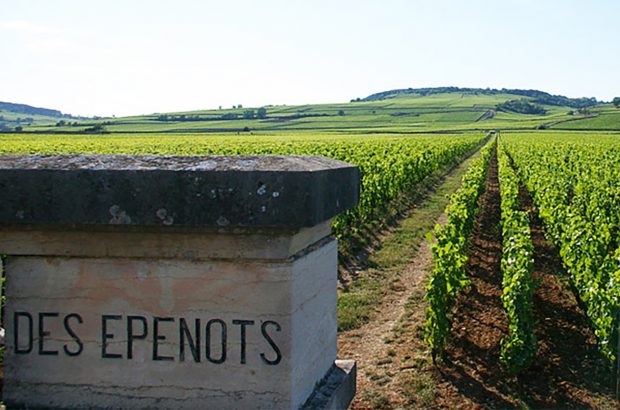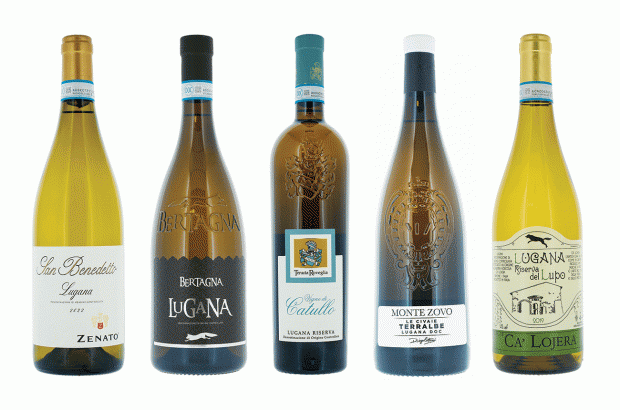- Three Andalucian towns mark out the corners of the Jerez region, the ‘Sherry Triangle.’
- As the wines move and mature through the solera schools, they take on their own personalities.
- The difference in the taste of the wines comes entirely from the differing thicknesses of flor yeast covering the surface of the maturing wine.
- ‘The best finos come from Puerto: that’s a fact!’ Fino
Fino and Manzanilla
It’s amazing how many people think they can tell the difference between fino and manzanilla sherry, but when it comes to it, they simply can’t. Even professional palates get confused. So what’s the trick?
Fino and manzanilla are the finest and most delicate styles of sherry; they’re about the only wines truly up to olives and oysters in the food matching stakes, and about the only aperitifs that you can wander into the dining room with and sip through any starter course. The truth, however, is that some finos are versatile enough to suit any occasion; some are a better match for peanuts (near impossible), some for seafood (not easy), and others are simply nice, fresh wines to drink on their own. Again, how can you tell?
The Sherry triangle
The answer lies in the ‘Sherry Triangle’. Three Andalucian towns mark out the corners of the Jerez region, and each of the three has its own school of sherry production: this schooling is largely influenced by climate. It matters very little where the grapes for these wines come from within the central triangle, the corner in which they are matured in solera is the decisive factor in how they will eventually taste. Put another way, every fino or manzanilla is made from the same grape – the Palomino – reared on the same fine white albariza soil (sand, clay and limestone), harvested at high yields, and treated the same, very neutral way in the winery (minimal winemaker infl-uence, cool fermentation, fortified to the same 15.5%), yet the wines vary considerably with maturation. For in no other sherry style – not amontillado, nor oloroso, nor any other – are the differences made by these three towns so pronounced. But as the wines move and mature through the solera schools, they take on their own personalities.
Jerez, Puerto and Sanlúcar
Jerez de la Frontera is the first town: ‘Frontera’ because it was the last frontier against the Moorish invasion, first because it produces around 65% of the region’s wines. Being the furthest inland of the three – 20km from the Bay of Cádiz – is enough to make Jerez’ wines the boldest. The hot southeasterly Levante winds blowing from inland Spain are less tempered by coastal breezes and temperatures reach a scorching 30 to 40?C in summer. Careful positioning of the sherry bodegas, towards the southwest of the town, ensures as much maritime influence as possible to keep the soleras cool and maintain delicacy.
El Puerto de Santa Maria – the lesser known coastal corner of the triangle – accounts for a mere four percent of all sherry. Twenty kilometres southwest of Jerez, it’s situated at the mouth of the River Guadalete on the Bay of Cádiz. But for a large promontory, it is well-positioned to receive full-on Atlantic gusts. In fact, cooling coastal Poniente winds can make summer temperatures as much as a soothing 10?C cooler than in Jerez.
Sanlúcar de Barrameda is famed for its own style of fino: ‘manzanilla’. Situated the furthest north of the three towns, at the mouth of the Guadalquivir, it is much more at the mercy of the Atlantic, and – critically for the wine style – has the highest humidity. It is around 35km northwest of Jerez and accounts for 13% of total output.
Maturing the finos of these three towns is carried out – again – in much the same way: through the criadera scales to the bottom of the solera system. Five years or so of careful nurturing. The ‘cathedrals’ that house the barrels of maturing wine even look almost precisely the same from bodega to bodega: black, mould-encrusted butts stacked rarely more than four high in dark rows; hard-earth floors sprinkled with water to maintain humidity; high ceilings to allow air circulation, all to maintain as consistent a temperature as possible.
The difference in the taste of the wines comes entirely from the differing thicknesses of flor yeast covering the surface of the maturing wine. This layer depends on the humidity, which is highest nearer the sea.
The wines
‘The best finos come from Puerto: that’s a fact!’ announces Mercedes Santamaría of Osborne. These are the lightest and most delicate of the three styles. Osborne’s is a pale lemon-cream colour with an appley fresh fruit nose and a light, nutty taste. A visit to the bodegas of Lustau tells the same story. ‘Puerto Fino’ against ‘Jarana Fino’ from Jerez shows a lemon-hued wine with a crisp, pungent nose and an austere, intense parmesan and almond palate, in contrast to the broader, ‘fatter’ nose, bolder colour and richer texture of the Jerez.
Around the coastline to Sanlúcar and the sea’s influence steps up a notch: the Lustau ‘Papirusa’ light manzanilla is a paler wine, this time highly distinctive. Sea and seaside grasses, fresh green apples on the nose with a yeasty finish; riper and rounder than the Puerto on the palate with a sweet ‘marmitey’ pungency, refined and elegant.
Manzanillas from Barbadillo continue the theme of ‘saltier from Sanlúcar’. The prized Aroledilla bodega is the school for many of these. With its ‘temple-like’ atmosphere, this is reputedly the tallest and finest bodega in the region and maintains an amazingly consistent 12–15?C temperature over the span of a whole year. The results? Well, as explained by William Floistad, this is either a ‘finishing school’ or maybe a top university. Before this, the wines spend time in a series of mysterious stages moving from one maturation cellar to another – route, formula and duration at each venue undivulged… or quite random!
Solear, Barbadillo’s seven-year old, fully aged manzanilla is again water-white (the palest colours are another way of distinguishing a manzanilla). It is distinctly salty and pungent on the nose: there is more intensity here than from Puerto, and despite a vanilla-rich background, the tang of yeasty saltiness still pervades right to the finish in a way that happens nowhere else.
But, just when you think you know the system, Barbadillo’s manzanilla En Rama pops up to confuse. Unfiltered and only egg-white fined, this richer wine has a ‘Sémillon’ kerosine weight more usual in fino…
Williams and Humbert’s wines go back to a clear-cut contrast between Jerez fino and manzanilla. ‘Alegria’ manzanilla is salty and appley to Pando Superior’s cheesy pun-gence. The fully mature fino ‘Don Zoilo’ takes density a step further with an almost ‘butterscotch’ focus yet classic dryness.
For contrast again, classic Jerez fino Tío Pepe from González Byass has a light straw/yellow colour of far more depth than its El Rocio manzanilla. A clean, sharp, salty almond, palate-cleansing character shows on the coastal wine, while inland, the fino has developed a comparatively floral richness, with peach-kernel fruit and almost mellow complexity. Each, as Paul Kerstens explains, is a difficult palate leap for the uninitiated, but actually an easily acquired taste – ‘the Japanese love them!’ he confesses: ‘They like the similarity to sake.’
And finally, a Jerez tasting of each stage in the life of a five-year old Domecq La Ina fino, guided by Bertran Domecq: the wines graduate through pungent earthiness at one-year old; sharply dry cheesiness at two; a closed phase with more barrel influences at three years; more refined, drier, cleaner, finer characters at the fourth year (as the flor begins to put more back into the wine, having fed from it for the first three); and at five years: bright yellow, delicate almond on the nose, and crisply dry and balanced, with an almondy, warm finish. Complete.
So which for which culinary role? Jerez finos are rich enough wines to drink through a meal – as is the manzanilla unfiltered. Puerto: drink alone or with the most delicate of shellfish. And manzanilla? Best with soup or sushi…







